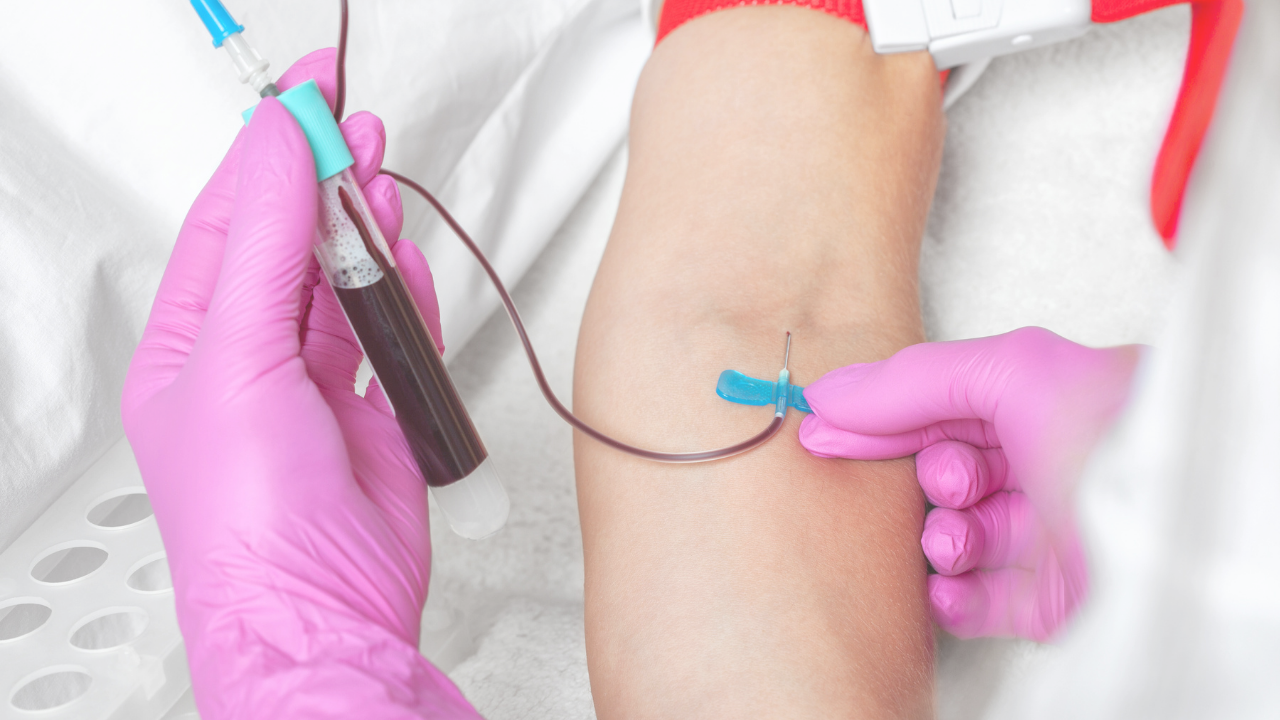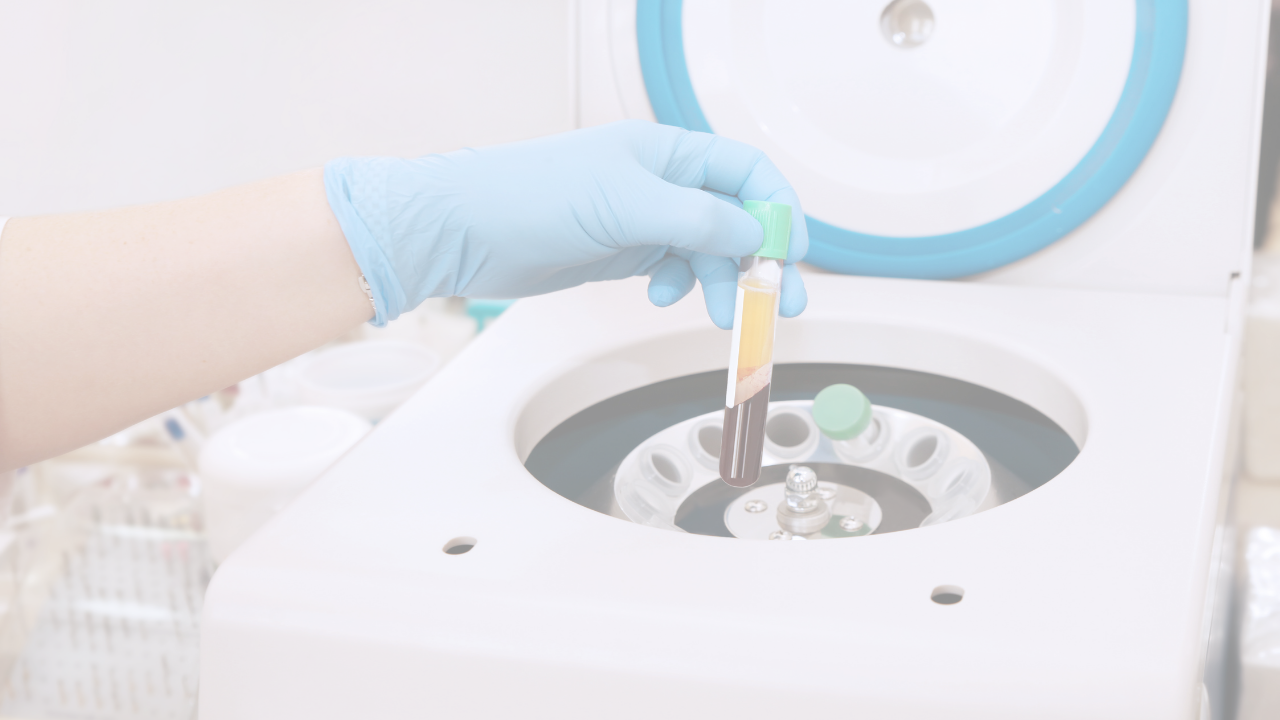HOW DOES PRP WORK?
Our bodies have a brief time period that allows itself to heal chronic fascia, ligament, tendon, bone and cartilage injuries. Utilising the essential healing cells that are already found in your blood, we can manipulate these cells to assist the healing stage after an injury.
Platelet rich plasma therapy (PRP) usually takes less than an hour to complete. Your Podiatrist withdraws healthy blood in a sterile tube the same way that occurs when you donate blood or give blood at your doctor’s office for blood tests. The harvested blood is then placed in a centrifuge machine and spun to separate the platelets from the red and white blood cells. Once separated, the platelet rich blood has almost 10 times richer concentration of growth promoting platelet cells to stimulate tissue recovery. Once the injection is complete the growth factors that the platelets secrete stimulate tissue recovery by increasing collagen production, enhance stem cell proliferation and protein production to facilitate the process of regeneration and remodeling of the injured or damaged site.

Growth factors and proteins are found in the platelets of your blood. These elements are there to stimulate healing, support the growth of cells, and form new tissues. So the body’s first response to any soft-tissue injury is to deliver platelets to the site to start the repairing process. PRP therapy is a form of regenerative medicine, which takes advantage of the blood’s natural healing properties. The procedure involves extracting and isolating platelets and plasma from a sample of your blood.

Then the health care professional concentrates it into a healing solution. It then gets injected back into the body at (and around) the point of injury or pain. When the growth factors interact with local cells, they trigger the cells to heal the damage. This promotes tissue formation and reduces inflammation. The PRP solution may also provide a lubricating factor.
COMMON INJURIES TREATED BY PRP THERAPY:
Platelet rich plasma therapy is a relatively new alternative treatment option that serves a broad spectrum of foot conditions and injuries. Traditionally, foot injuries or ailments required extensive surgery or highly invasive treatments in order to fully restore function to the patient’s foot. However, inflammation, torn ligaments or hyper-extended joints in the foot and ankle can now be be treated with platelet rich plasma therapy, also known as PRP treatment. PRP treatment is one of the best modern treatments in regenerative medicine. PRP works by using the power of a patient’s own body to help heal itself.
-
Soft-tissue injuries (tendons, ligaments, muscles)
-
Plantar Fasciitis
-
Chronic Non-Healing Wounds
-
Toe and Ankle Arthritis
-
Foot and Ankle Tendinopathy
-
Great Toe Joint Osteoarthritis
-
Chronic Diabetic Foot Ulcers
-
Achilles tendon ruptures
-
Tendonitis
-
Posterior Tibial Tendonitis
-
Knee Arthritis
WHAT ARE THE BENEFITS?
Although PRP therapy is relatively new, it has been used successfully for more than 20 years in other fields of medicine. Studies have shown that PRP therapy is effective at relieving pain and helping patients return to their normal activities more quickly than expected.
PRP can significantly reduce the need for surgery by treating injured tissues before the damage progresses and the condition becomes irreversible.
Other benefits of PRP include:
- It uses the body’s cells to stimulate the natural biological healing process
- It is minimally invasive – no surgical incisions are involved
- It can be used to treat patients who cannot have surgery
- It offers a much faster recovery period than does surgery
- There is almost no risk of infection or allergic reaction
- Lower costs than surgery
